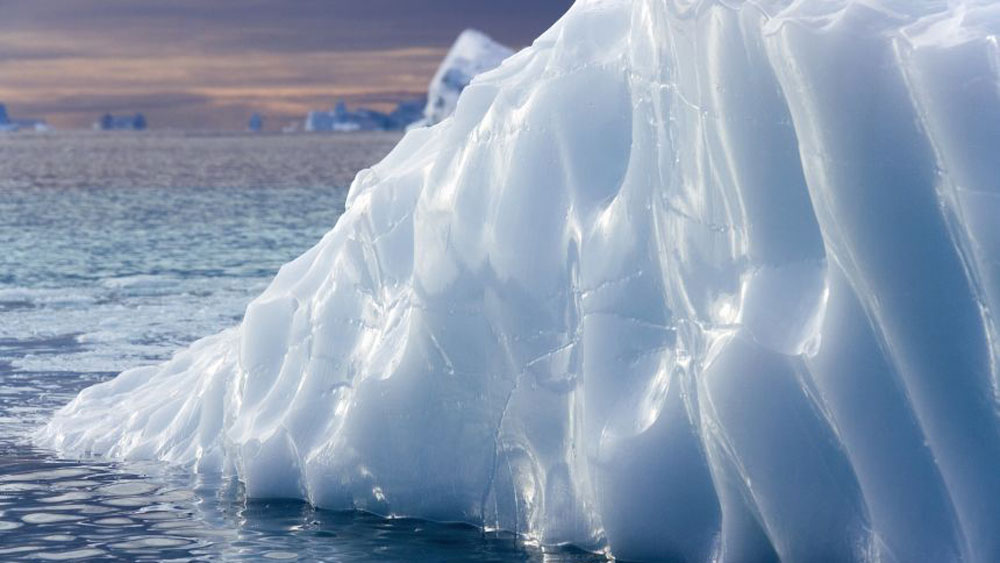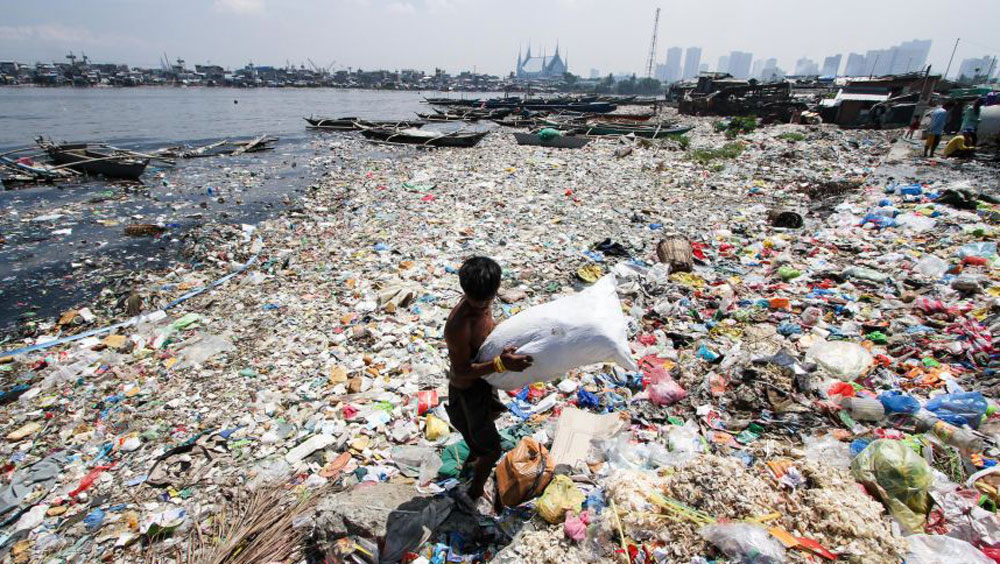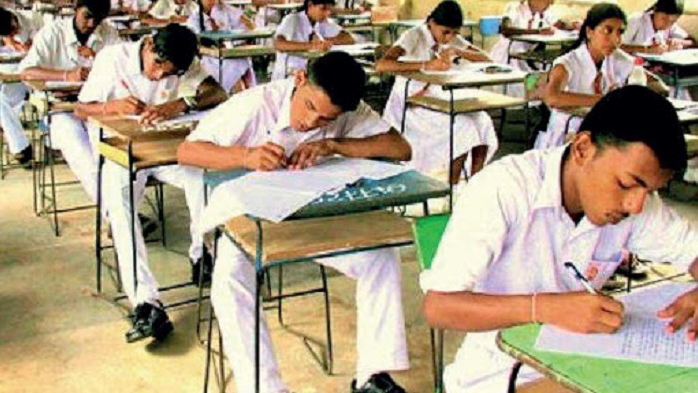Harnessing Wind Power, How Wind Energy Works and Its Impact
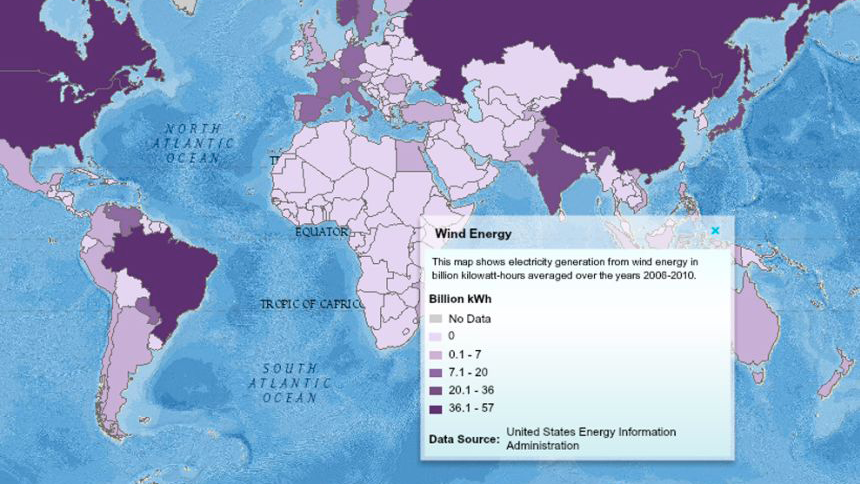
Wind energy, derived from the movement of air, has been a source of power for centuries. Today, wind turbines, towering structures with rotating blades, capture this energy and convert it into electricity. Let's explore how wind energy works, its advantages, challenges, and impact.
How Wind Energy Works:
Wind turbines, both horizontal-axis and vertical-axis, are the main tools for generating wind energy. Horizontal-axis turbines, with their large blades rotating parallel to the ground, are the most common. They face the wind, and as the blades spin, they turn a generator, producing electricity. Vertical-axis turbines have varied, circular blades that rotate around their tower, allowing for easier maintenance.
Wind farms, consisting of hundreds of turbines, are often constructed to generate large amounts of electricity. These farms can be onshore or offshore, taking advantage of strong and consistent winds. They're usually located in agricultural areas, where land between turbines can still be used for farming.
Advantages of Wind Energy
Renewable and Clean: Wind is an abundant and clean source of energy, reducing reliance on fossil fuels and decreasing air pollution.
Cost-Effective: Wind energy is relatively inexpensive, making it a viable option for both developed and developing economies.
Global Accessibility: Wind turbines can be installed almost anywhere, providing energy in remote areas and contributing to economic development.
Job Creation: Wind energy projects create job opportunities in manufacturing, installation, and maintenance, supporting local economies.
Challenges of Wind Energy
Initial Cost: Setting up wind farms and installing turbines requires significant investment, although operational costs are low.
Land Use and Habitat Impact: Wind farms may compete with other land uses, such as agriculture, and disrupt wildlife habitats.
Wildlife Concerns: Wind turbines can pose risks to birds and bats, requiring mitigation measures to minimize impacts.
Offshore Challenges: Offshore wind farms may affect marine ecosystems and require careful planning to minimize environmental impacts.
Transmission Issues: Wind-rich areas are often remote, necessitating the construction of transmission lines to deliver electricity to urban centers.
Impact of Wind Energy
Economic Growth: Wind energy contributes to economic growth by creating jobs, stimulating investment, and reducing energy costs.
Environmental Benefits: Wind power reduces greenhouse gas emissions and air pollution, improving air quality and mitigating climate change.
Energy Security: Diversifying energy sources with wind power enhances energy security and reduces dependence on imported fuels.
Community Development: Wind projects can provide economic opportunities and infrastructure improvements in rural communities.
Wind energy offers a sustainable solution to meeting energy needs while mitigating environmental impacts. By addressing challenges and maximizing benefits, wind power can play a significant role in the transition to a cleaner and more sustainable energy future.
Related News
Admission for Intermediate grades : No priority for Sports Talent
Admission of students to intermediate grades in government schools and government-approved private schools will not be based on sports skills, the Ministry…
Read MoreGCE O/L exam students : Important notice from Education Ministry
Academic activities will immediately commence following the conclusion of the GCE Ordinary Level Examinations this year for students wishing to pursue the…
Read MoreHow AI Helps Everyone Learn Better, Just Like Magic
Imagine you have a magical backpack. Whenever you need something for school, like a crayon or a book, this backpack gives you…
Read MoreEmpowering Women in Engineering: Dr. Gayashika Fernando’s PhD Journey at SLIIT’s Faculty of Engineering
Dr. Gayashika Fernando serves as a Senior Lecturer in the Mechanical Engineering Department in the Faculty of Engineering in SLIIT. As the…
Read More2022 (2023) O/L exam re-scrutinised results : Update from Minister
The re-scrutinized results of the 2022 (2023) GCE Ordinary Level examination will be released in May, Minister of Education Susil Premajayantha announced…
Read MoreCourses
-

APIIT – MSc. Marketing Management
APIIT Sri Lanka Overview This MSc Marketing Management degree – awarded by Staffordshire University, UK is an advanced course of study in… -

ANC – BSc (Hons) Information Technology (Top-Up)
ANC Education Overview Globally, Information Technology (IT) skills continue to be in high demand from businesses in many sectors. This IT degree… -

UTS – Diploma of Engineering
UTS COLLEGE SRI LANKA Overview Are you inspired to create change in the world? Are you always looking for a better solution?… -

IMC – Foundation in Science
IMC EDUCATION Overview For students intend to practice Medicine abroadPathway to Medical Careers in Australia I UK l USA l New Zealand… -

CSA – Bachelor of Architecture Honors Degree
City School of Architecture Overview The Bachelor of Architecture Honors Degree at the City School of Architecture has been awarded by the… -

ICBS – MBA International Business
ICBS Overview The MBA program awarded by the University of the West of Scotland (UWS) is a prestigious and comprehensive program designed… -

APIDM – Diploma in Digital Driven Marketing
APIDM Overview Digital Marketing revolves around a constantly evolving landscape and it offers endless career opportunities for growth and success around the… -

CSA – Diploma in Architectural Studies
City School of Architecture Modules Year 1 Design Architectural Studies History of Architecture Theory of Architecture Arts Architecture and Structures Materials and… -

ICBS – BA (Hons) International Business and Finance
ICBS Overview The BA (Hons) International Business and Finance degree, awarded by the University of the West of Scotland, is a comprehensive… -

ANC – Master of Business Administration
ANC Education Overview The MBA aims to build a solid foundation in general management concepts and skills with practical exposure in fundamentals… -

APIIT – BSc (Hons) Computer Science (Cloud Technologies)
APIIT Sri Lanka Overview Specialise in the latest technologies from the leading providers of Cloud Services globally such as Amazon AWS and… -

ANC – BBA International Business
ANC Education Overview The International Business Degree focuses on the emerging global business environment. Courses include trade, finance, law, marketing, management, culture,… -

BCAS – LLB (Hons) Degree
BCAS Campus Overview The LLB (Hons) Degree offered at BCAS builds effective legal knowledge and develops practical legal skills. When you join… -

IIT – BEng (Hons) Software Engineering
IIT Campus Overview The BEng (Hons) Software Engineering embodies the best ways to design, implement, evaluate and maintain software systems. It makes… -

BCAS – Bsc (Hons) Business Management
BCAS Campus Overview Solent university’s top-up degree in Business Management is perfectly suited for students who wish to upgrade the existing knowledge…
Newswire
-

UK trip : Two women arrested at the Airport over scam
ON: April 29, 2024 -

MP Bathiudeen requests Indian assistance to help Eastern fishermen
ON: April 29, 2024 -

President reveals plans to expand Cinnamon Cultivation
ON: April 29, 2024 -
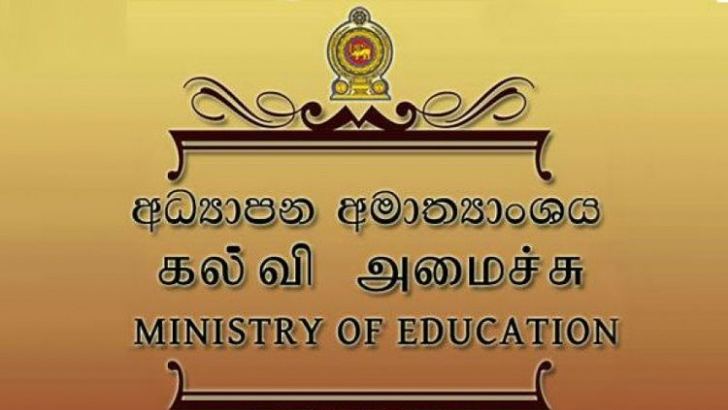
Admission for Intermediate grades : No priority for Sports Talent
ON: April 29, 2024




